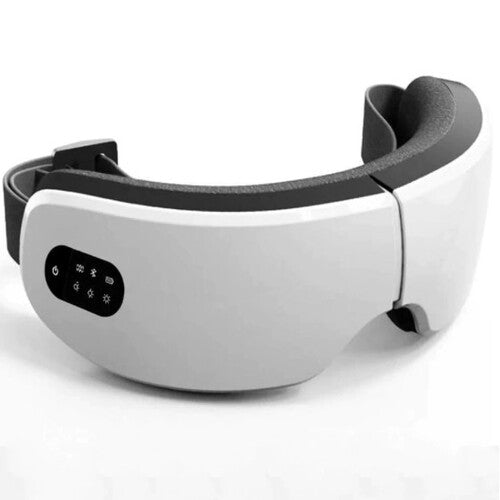Forget everything you *think* you know about home cinemas. We’re putting projectors head-to-head against TVs in a no-holds-barred battle for visual supremacy. Prepare to be surprised by which option truly delivers the most cinematic punch and whether your current setup is holding you back from the ultimate viewing experience.
Thank you for reading this post, don’t forget to subscribe!
The Big Picture: Screen Size and Immersion
- Initial wow factor: The projector’s immediate advantage is highlighted with massive screen sizes that provide a truly cinematic feel, transforming any space into an immersive viewing experience that captivates the audience from the very first moment.
- TV size limitations and cost scaling: TV size caps out and becomes exponentially more expensive at larger dimensions, considering factors such as manufacturing costs, technological advancements, material quality, and market demand, which all contribute to the price increase as screen size expands.
- Optimal viewing distances and room considerations for both technologies to maximize immersion, taking into account factors such as screen size, resolution, and the overall layout of furniture within the space to ensure an engaging and comfortable viewing experience.

Brightness and Contrast: The Picture Quality Showdown
- Ambient light’s impact: How projectors struggle in well-lit rooms compared to TVs, which can easily adapt to a variety of lighting conditions and offer a consistently bright viewing experience, affecting the perceived quality of images and colors on the screen.
- HDR and dynamic range performance: A comprehensive look at how modern TVs excel in contrast and vibrant color reproduction, showcasing their ability to deliver a more immersive viewing experience by providing deeper blacks, brighter highlights, and a wider range of colors that enhance the overall quality of the images presented on screen.
- Projector advancements in brightness and laser technology have been significant in recent years, greatly narrowing the gap in performance levels, but not completely eliminating it. As manufacturers continue to innovate, we see improvements that enhance visual clarity and color accuracy, yet differences still remain in terms of overall quality compared to traditional projection methods.

Installation, Aesthetics, and Flexibility
- The “fixed” nature of a TV, which often requires designated wall space and can dominate a room’s aesthetic, vs. the “hidden” potential of a projector, which allows for a more minimalist setup by offering versatility in positioning and the ability to retract when not in use, thereby maximizing the available space and maintaining a clean design.
- Cable management and power considerations for each display type, including the need for organized routing paths, methods to minimize clutter, and ensuring adequate power supply and safety standards are met.
- Portability and multi-room use: Where projectors offer an edge for flexible viewing, allowing users to easily move from one room to another, transforming any space into a mini-theater experience, whether for movie nights, presentations, or gaming sessions.

Cost and Longevity: The Long-Term Investment
- Upfront purchase price comparison: Projector, screen, and sound system vs. just the TV in order to assess the total investment required for each setup, taking into consideration factors such as brand preferences, additional installation costs, and potential discounts on bundled items.
- Maintenance and bulb/laser life for projectors compared to the typical lifespan of a TV, highlighting the various factors that come into play, including usage frequency, bulb replacement schedules, and the overall costs associated with projector maintenance versus a television’s long-term durability.
- Resale value and future-proofing considerations for both technologies, including potential market trends, consumer demand dynamics, and the impact of advancements in technology on overall value retention and longevity.

The Verdict: Tailoring to Your Home Cinema Dreams
- Ideal scenarios for choosing a projector, considering factors such as a dedicated dark room environment for optimal contrast and color accuracy, which enhances the viewing experience, and the importance of ultimate immersion for activities like gaming or movie watching, where larger screen sizes and better image quality can significantly improve engagement and enjoyment.
- Ideal scenarios for choosing a TV in various settings, such as a multi-purpose living space where versatility is key, consistent brightness to accommodate different lighting conditions throughout the day, and ease of use to ensure all family members can operate the TV without complications effectively.
- The “best” choice is personal to make your own informed decision based on your specific needs and budget. While choosing it, consider factors such as quality, features, and overall value, while taking into account individual circumstances and preferences to ensure you select an option that truly fits your expectations and financial situation.






